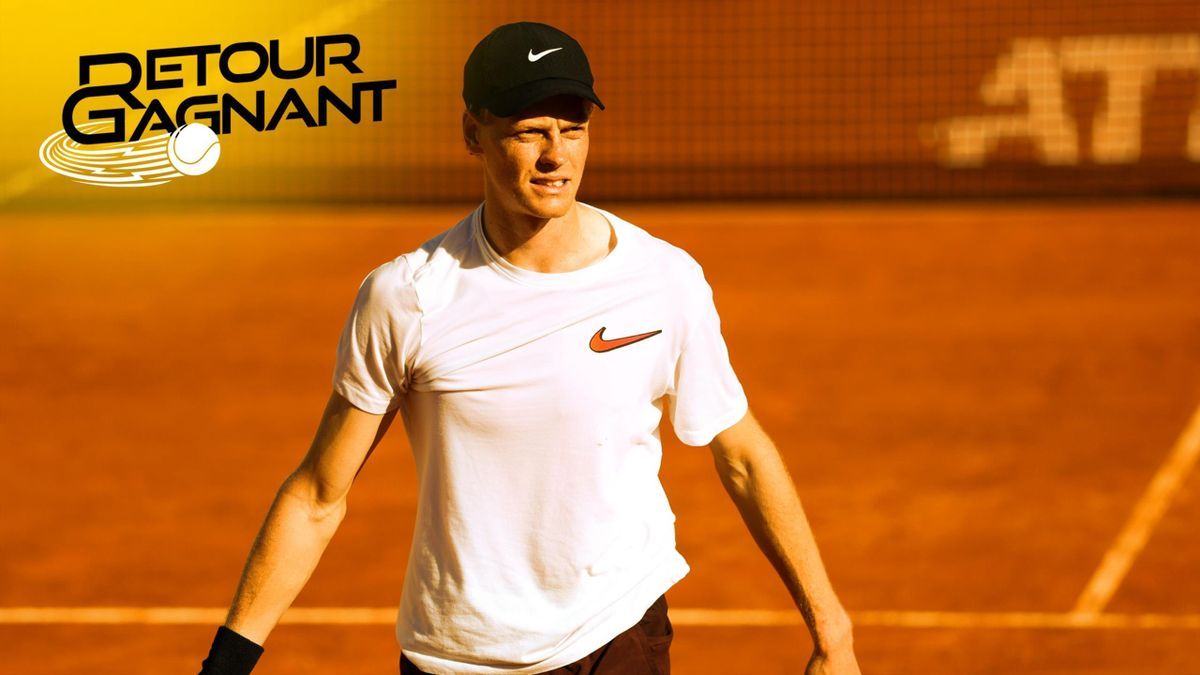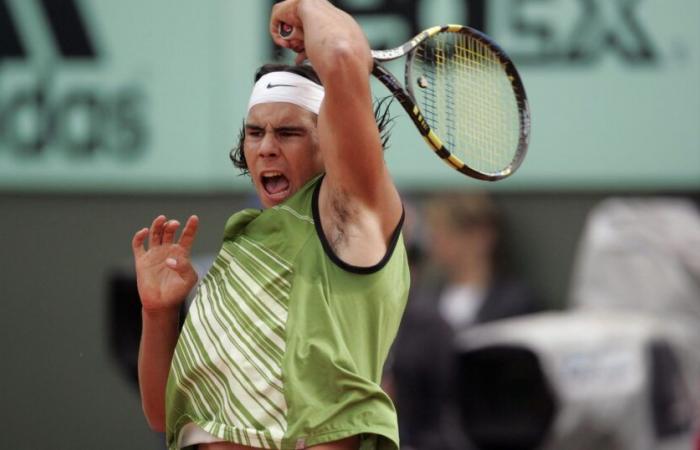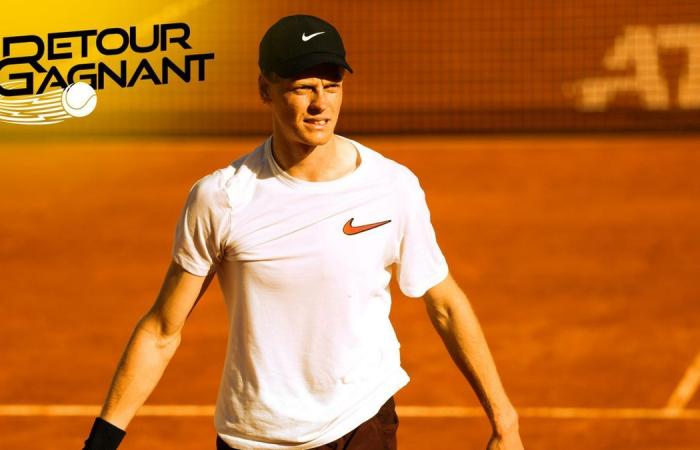At a time when tennis matches are continuously watered with variously relevant statistics, it takes a lot to be amazed. But there is one, of statistics, which has still particularly attracted our attention in recent days -and perhaps yours too -to the point that it had to be read two or three times to be sure that we did not have the Berlue.
Formulated differently, it’s been twenty years since the hatching of Rafael Nadal in 2005, that a left -hander had not landed among this elite of world tennis. And before Rafa, it was necessary to go back to Marcelo Rios in early 1999 to find a trace of a previous left-hander in the top 5. Let’s go back to a third different way, to better realize: in a quarter of a century (and even a little more), only two left-handers reached the first five places in the world.
Two left -wing left -handers, in addition, since Draper and Nadal have this in common to be right -handed in life. But that’s another subject. The one who concerns us here is that the ATP ranking has existed for 52 years and that during the first half of his existence, 26 years between 1973 and 1999, he placed 14 left -handers in the Top 5; and during the other 26, from 1999 to today, only two
. A misery.
I find that the left -handers are still doing very badly with their Slicé service on the advantage side. When the trend has lasted for so long, should we still talk about a cyclical epiphenomenon? “I too was very surprised by this stat ‘and frankly, I cannot find a logical explanation, Breathe our consultant Nicolas Escudé, who commented on the Masters 1000 from Madrid.

picture
Draper, the 3rd man of the circuit?
Video credit: Eurosport
Was a time when we would have less hesitated to put the British director at the top of the list of its strengths, in front of its bestial strength and its investment copy, among others. At one time, to enter the high spheres of world tennis, being left -handed seemed to be a more obvious asset than today. It was even almost scientifically, some studies having demonstrated a faster end-eye neuronal connection among left-handers. First of them to be included in the top 5 from the first publication of the ATP ranking in August 1973, Rod Laver had formulated so:
“To be left -handed is to give a meter ahead of a sprinter over 100 m”.
Connors-Vilas-Mcenroe: the golden age of the dominance of the left-handers
The years that followed have largely gone in the direction of the brilliant Australian with the hatching of Jimmy Connors, Guillermo Vilas and John McEnroe, who jointly monopolized the elite between the late 1970s and the early 80s, even going as far as the first three places in the 1982 season. We can locate there, until the mid -80s.
-Subsequently, this omnipresence was less significant but still quite striking thanks to dazzling left legs – because left -handers have often been associated with raw talent – such as our Henri Leconte National, Goran Ivanisevic or Marcelo Rios, which was the last world number 1 in the 20th century.

picture
“The return of Sinner can end anarchy on the circuit”
Video credit: Eurosport
Patrice Dominguez’s theory
- A scarcity that, during his lifetime, the late Patrice Dominguez, who was himself left-handed, had attempted on France Télévisions to explain by the emergence of three phenomena, more or less intrinsically linked:
- The generalization of the two -handed reverse.
- The general increase in the quality of the return of service.
The orientation of the game towards the bottom of the short.“I agree with that, having a two -handed backhand is an undeniable asset to relaunch the left -wing services on the advantage advantage confirms Nicolas Escudé who was him, unlike Draper and Nadal, a pure left -hander transformed into right -handed on the court.
Being left-handed, I naturally had a better setback with both hands, so I was not particularly embarrassed by the left-handers: their strong diagonal in exchange fell on my strong blow. “
It is true that the crossroads of the 21st century, the moment when the left-handers therefore began to become scarce, corresponds to a period when the volley service has pericked, and when the mass of the circuit began to practice an increasingly balanced tennis, without real proven weak point. The forehand has, of course, remained a major blow in modern tennis. But it is the general quality of the reverse that has improved the most.
And even if we remain marked by the way in which that of Roger Federer was suffering from the forehand of Rafael Nadal, even if the left -handers have kept an advantage in this diagonal, overall, it seems that they manage less to find the fault. We saw it in the final in Madrid: Ruud, who does not have the reverse of the century, rather well held the barracks on this side.
That said, even if it is less hegemonic than before, the species of left -handers continues to inspire fear, at all levels. Their rarity constitutes their strength: faced with a left-hander, all the patterns are reversed, from the ball trajectories to their sense of rotation, passing through the playing patterns. And we may have the whole arsenal necessary, this always requires a time of adaptation and a particular technical-tactical preparation. On the circuit, the left-handed sparring-sharers thus remain a sought-after species.
Especially since the representativeness of the leftrs has also decreased to a larger scale than that of the elite. 40 years ago, in early May 1985, there were 20 left legs in the top 100, which is clearly above the average of the population (between 10 and 15%, depending on sources). This week, there are 12, which is completely in accordance with “normality”. Of which only five in the top 50, or 10%. So, is the supposed advantage of being left-handed for a tennis player is still as true? Chance or not, it’s no longer corroborated by photography in the ranking, and for a while now.
*For quiz lovers, here is the list of 16 left -handers having reached the world top 5 ATP (created in 1973): Rod Laver, Manuel Orants, Jimmy Connors, Guillermo Vilas, John McEnroe, Roscoe Tanner, Andres Gomez, Henri Leconte, Guy Forget, Goran Ivanisevic, Petr Korda, Thomas Mustter, Greg Rusedski, Marcelo Rios, Rafael Nadal, Jack Draper.
--









